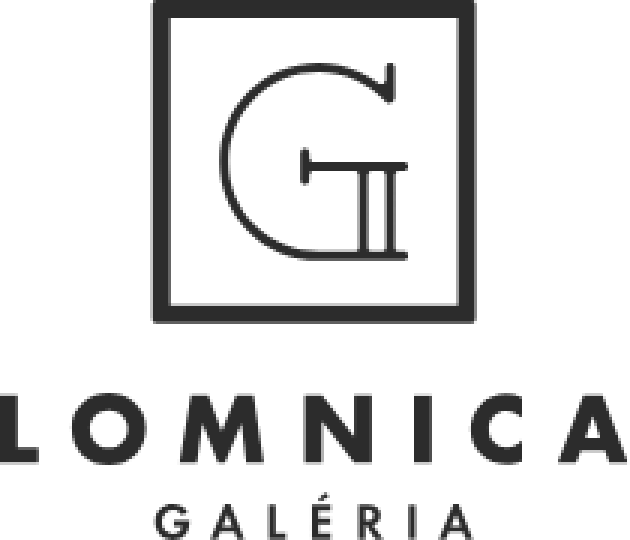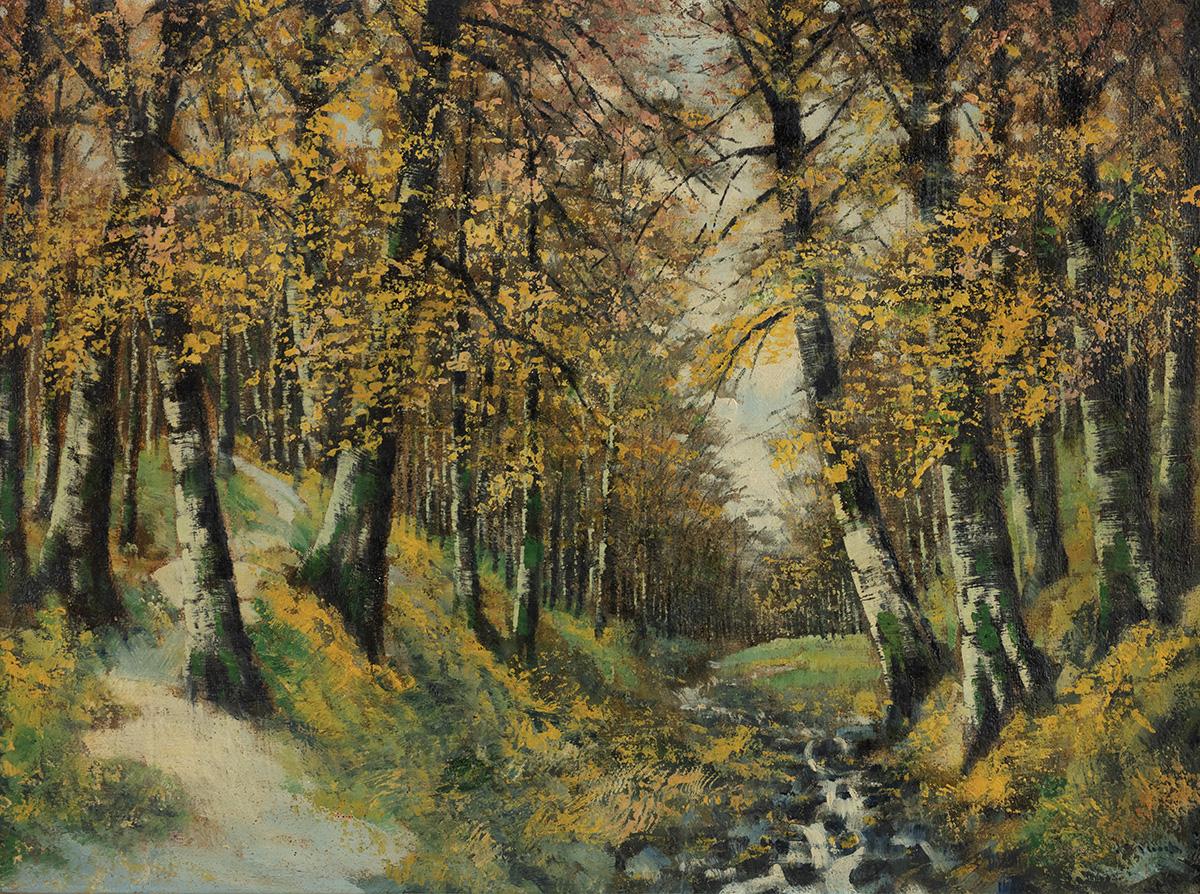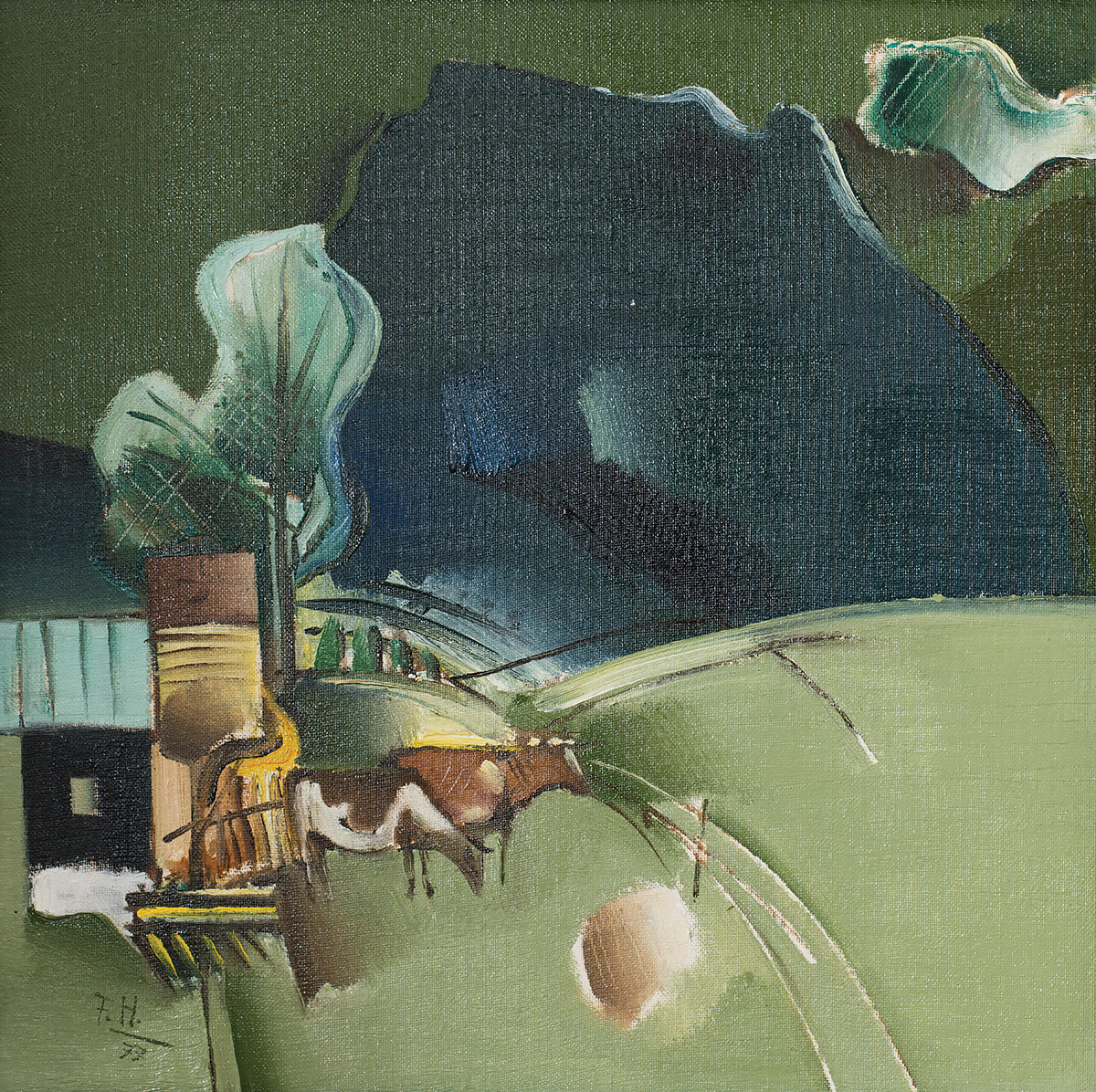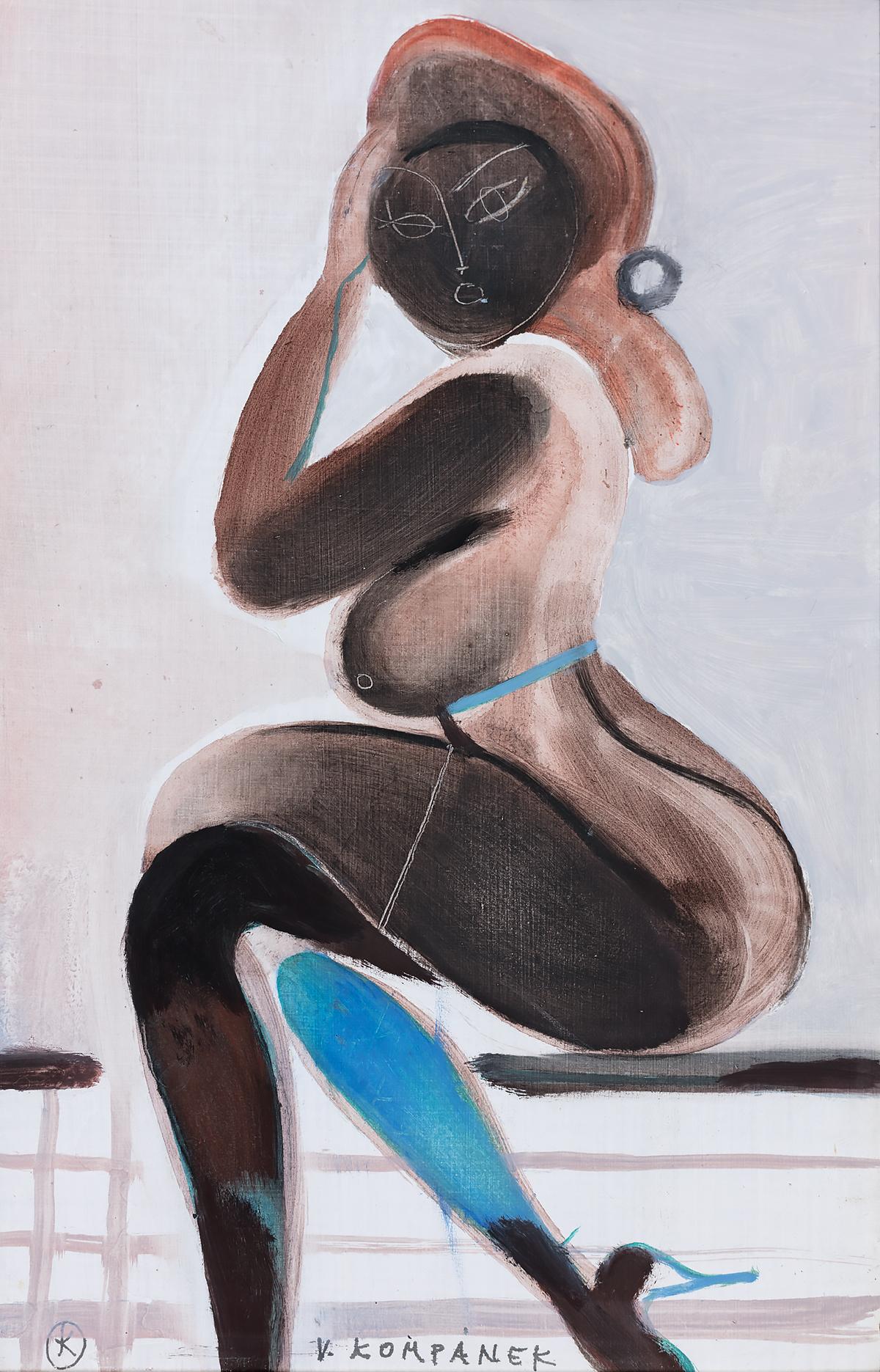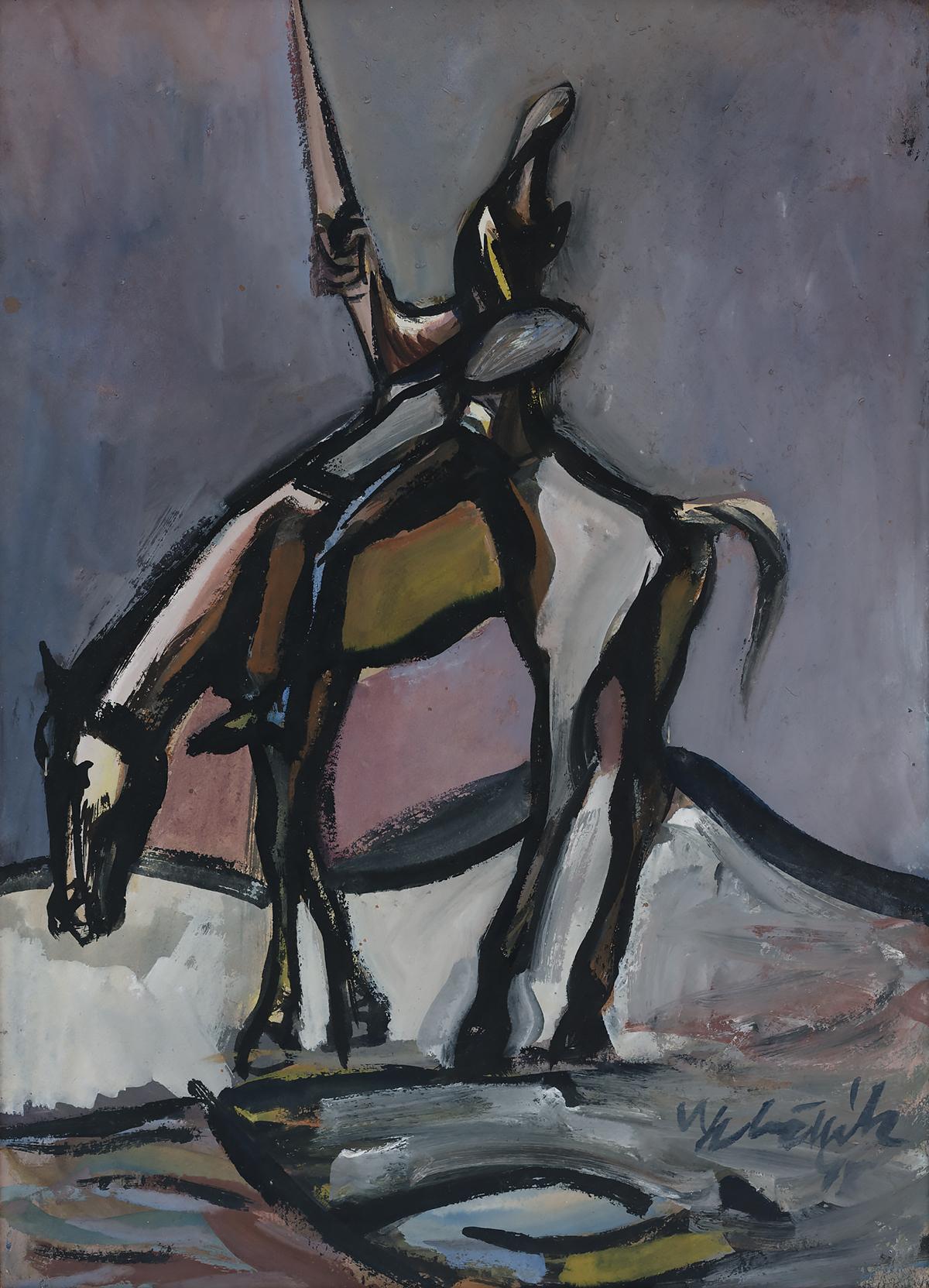The collections of Galerie Lomnica, among other criteria, are structured to capture a wide historical arc from important predecessors (Skutecký, Medňanský) through the classic interwar modernism of the 1920s and 1930s (Benka, Bazovský, Alexy, Weiner – Kráľ, Gwerk, Mallý), ethnologically oriented artists (Hála, Mousson) to the revitalization of modernism after years of socialist-realist schematism (especially the Galanda group). In all these phases of the formation of modern Slovak fine art, in addition to the key nestors and stylistic pioneers of the so-called Slovak myth, other important personalities were also formed. Some of them can be found in the permanent exhibition of painters who studied fine arts at the Academy or the Academy of Arts, Architecture and Design in Prague (gallery corridor at the Mozart café). In other corridors of the new extension of the historic Hotel Lomnica we find many important personalities with ties to Munich, Vienna, Budapest, the Košice art scene, the legendary department of drawing and painting of the Slovak Technical University (teachers Fulla, Benka, Schurmann, Mallý, Milly, Mudroch), the Group of Visual Artists of 29 August and also the first graduates of the newly founded Academy of Fine Arts (1949).
Ľudovít Csordák (1864 – 1937) represents the older plein air (emerging in a free country) landscape painting with his colour sensualism. We cannot omit another Košice artist representing Eastern Slovak modernism, Anton Jasusch (1882 – 1965), who after years of futuristic and coloristic discoveries moved to the disciplined and constructively perceived Tatra plein air. An expressive relationship to nature, especially the surroundings of Banská Štiavnica, is presented by the temperamental Jozef Kollár (1899 – 1982), the most famous settler of Alexy's artistic colony in Piešťany. Mária Medvecká (1914 – 1987) contributed to the shape, coloristic, expressive and presentation expression on the basis of earthy Orava realism, landscape and its people. The brothers Vincent Hložník (1919 – 1997) and Ferdinand Hložník (1921 – 2006) stand on the transition between the classical, ethnologically motivated modern and the humanistic existential message. The first of the brothers in terms of both existential and religious exaltation of the painting, the second by intuitive colour based on figural and fantasy iconography with elements of reminiscences on the home.
At the end of the 1950s (1957), in an effort to establish continuity with the avant-garde program of Ľ. Fulla and M. Galanda, an outstanding Mikuláš Galanda Group is formed (under the leadership of the poet Rúfus), whose creators bring a tremendous synthesis between the patriarchal sense of slovakness and completely modern morphology (Vladimír Kompánek 1927 – 2011, Milan Laluha 1930 – 2013, Rudolf Krivoš 1933 – 2020). Many other artists who established themselves during the dynamic 1960s, among whom we must preferably name Rudolf Moška (1926 – 2019), Marián Čunderlík (1926 – 1983) and Bohuš Záboj- Kuľhavý (1937 –2023), are also contemporaries of the Group of their efforts.
Exposition
Tatranská Lomnica
Hotel Lomnica
Tatranská Lomnica 92
059 60 Vysoké Tatry
